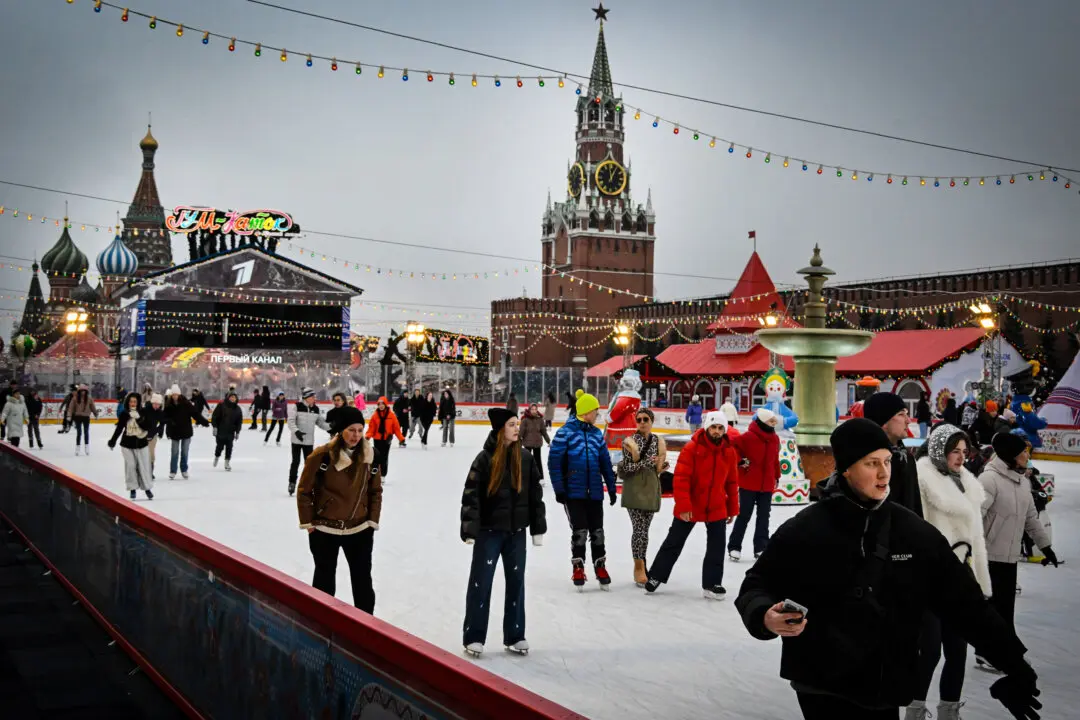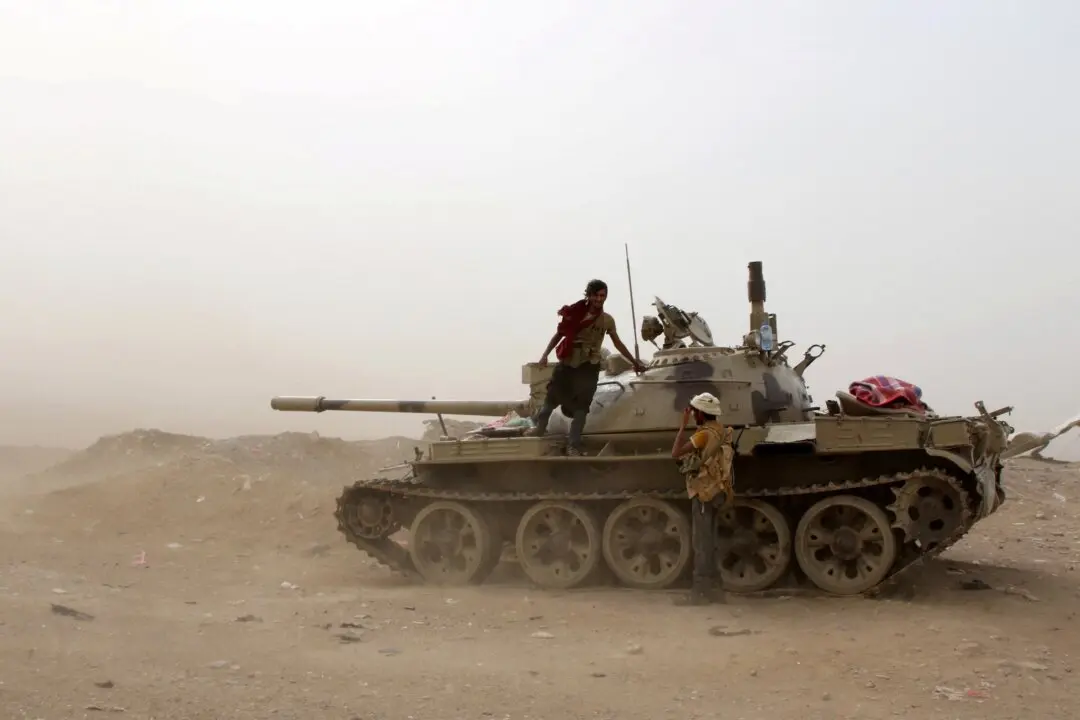The White House plans to replenish and redesign the nation’s strategic stockpile of critical supplies to make the country less vulnerable to future catastrophic events, three administration officials told reporters in a conference call Thursday.
A key concept behind what is being billed as the Strategic National Stockpile 2.0 is to build up a 90-day buffer of key supplies and source more of the manufacturing in America, imbuing the system with “surge capacity” to make it possible to quickly ramp up production in the face of future cataclysmic events.





